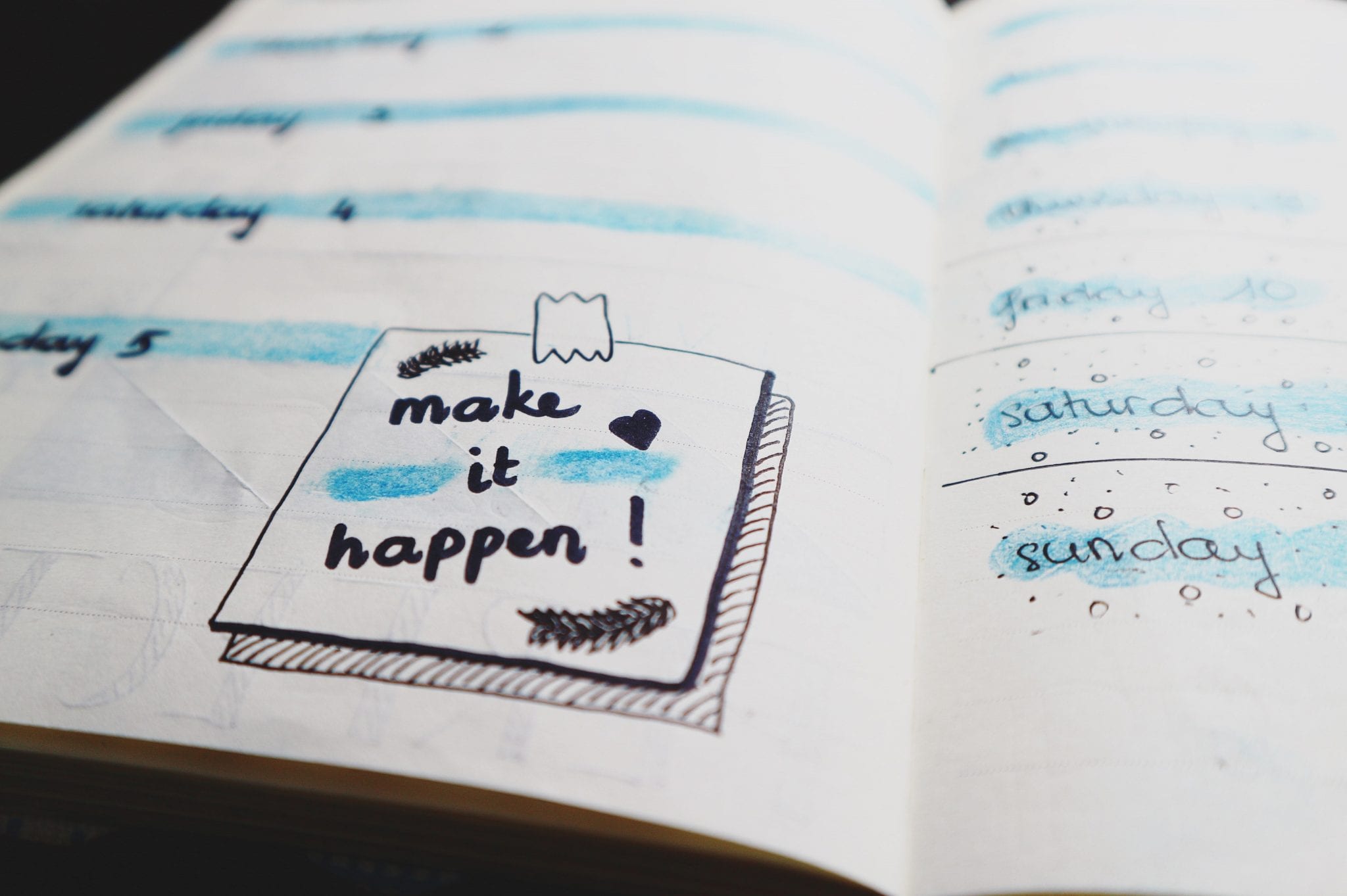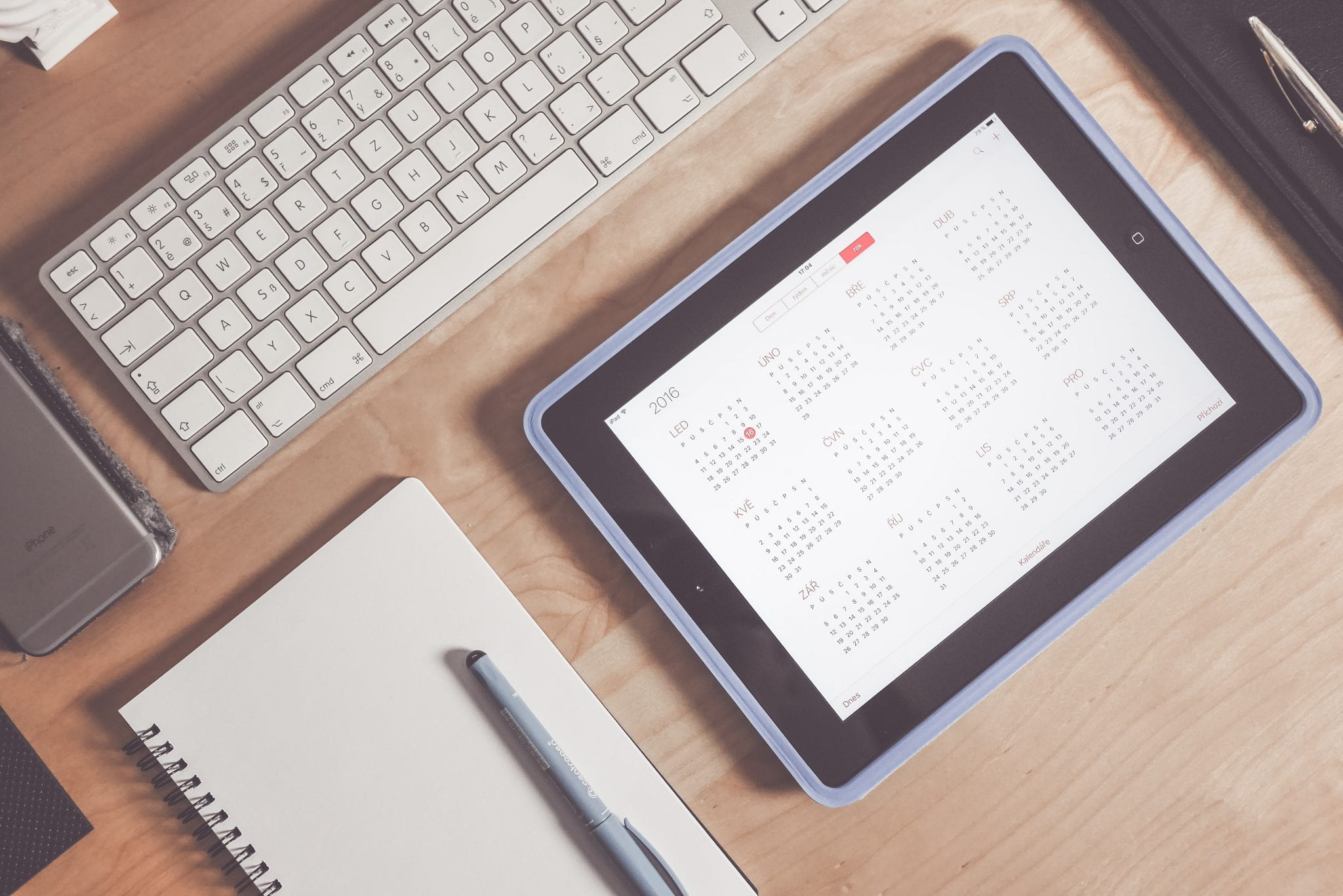
Need a little more spice in your life? Are you tired of the same-old food routine? That’s a common feeling people experience. But, especially after the pandemic, people realize they want more out of their lives. Your life doesn’t have to be as exciting as a dramatic soap opera. But, doing things differently or trying new things can help bring back some excitement if you’re feeling bored.
Most people tend to like at least some bit of change — a change in scenery, workplace, and, most commonly, food. Trying new food can be an adventure in itself, but it’s not constantly changing what you eat that can make a difference. Sometimes all you need to do is change the way you do things. And, yes, that can involve cooking.
One of the best ways to change up your style of preparing food is by limiting how long it takes. So for those who don’t feel like a chef in the kitchen and grumble through cooking, this one’s for you. Of course, some people want to enjoy meal-making, but the length it takes is just too overwhelming. But here’s a little secret — it doesn’t have to be that way.
Even if you’re set on the way you do things, it never hurts to switch up your routines from time to time. And especially when that change helps save you time. Here are some tips to change your food routine to free up more time.
1. Try Meal Prepping
Have you ever heard of this new craze that’s taken the internet by storm? Meal prepping involves making food in advance, whether all of it or portions, in order to save you time. How much you do beforehand is up to you. Whether you want to have ready-chopped vegetables or fully-prepared lunches, this technique can take a weight off your shoulders.
You can do this for every meal of the day, too. There are no limits to meal prepping. Wondering how to make breakfast in advance? Decide how much prep work you want to do the night before. For example, some people prefer the taste of freshly cooked eggs to reheated eggs. Let’s say you want to have an omelet for breakfast tomorrow. Tonight, pre-cook any bacon or sausage, if you choose to add those. Any vegetables, like peppers or avocados, can be chopped and sliced the night before. And if you really want to go all out, just make the whole thing.
If you’re interested in the boxed-lunch idea, all you need to do is set aside some time. Use that moment to make a large portion of whatever meal you’re in the mood for. Divide up the food into lunch-size amounts and put them away in plastic storage containers. And, if you’re really looking to stretch your food routine budget, you can freeze these lunches. This technique is great for bringing healthy lunches to work, school, or simply for days when you’re on the go.
2. Invest in a Slow Cooker
One of the easiest ways to cut down on cooking time is by using a slow cooker. These helpful appliances are designed to save you time and do all the cooking for you. Not to mention, they’re relatively cheap and widely available.
Slow cookers can be used for more than just dinner, too. Try using one to make breakfast. The food will cook overnight while you catch some well-earned z’s. Or, utilize this wonderful device for your meal prepping needs. Large slow cookers are very useful for making large portions of food. For example, you could cook a pound or two of chicken. When it’s done, cut it up or shred the meat how you like it. Then you’ll have chicken you can use for multiple meals — chicken salad, pulled barbecue chicken, and pieces to throw in pasta dishes.
With such a versatile device, you can use a slow cooker any time and for any kind of meal. There are tons of recipes out there — from soup to veggies. You’ll not only have some delicious home-cooked meals but also more free time. It’s a win-win.
3. Get Some Time-Saving Gadgets
Another internet sensation? Kitchen and household gadgets that are designed to make your life easier. Many of these have been gaining popularity through short-video apps, like TikTok and Facebook Watch. Clearly, these gizmos have taken off. So why not try some?
There’s just about every kind of device out there. If you’re stumped by how to cut up avocados, there’s a tool for that. Want hard-boiled eggs without the disaster of trying to peel them? You can bet there’s something for that. How about cutting vegetables in fancy slices? You guessed it — there’s a device out there. Salad spinners, fruit corers, sushi rollers, yolk separators — these are all real things.
Lots of manufacturers and inventors have realized that certain aspects of cooking can be so time-consuming. That’s why people are always coming up with new tools to help reduce the time spent on preparing food. There’s probably a gadget out there for just about everything. Start doing some internet searches and see if there’s something perfect for your kitchen woes.
4. Make Cooking an Activity
One way to change up the way you view mealtime and cooking? Make it fun. There’s something fulfilling about sharing a meal you’ve made with someone. And if you’re not the biggest fan of cooking, this might be a way to boost your enthusiasm.
If you have kids, this is a great way to get them involved in the meal-making process. It keeps them engaged and maybe even gain a lasting interest in making food. It’s nice having a little chef on your hands. Even if your kids aren’t too keen on cooking to begin with, making dinner together is a good bonding experience. Not to mention, it’s device-free.
Children need hands-on activities to keep their minds sharp. Cooking can involve fine motor skills and the development of hand-eye coordination. Whatever task you have them do depends on age and your child’s personal abilities. Of course, having a toddler chop up a watermelon is not advised. Stirring up batter, sorting ingredients, or rolling up dough are just a few easy tasks for young kids.
And if you don’t have kids, what’s a better date idea than cooking together? It’s usually cheaper than a restaurant (but hey, go as gourmet as you want), and you can stay home. You won’t need to dress up to enjoy a fancy pasta dinner — just make it at home. Likewise, this kind of activity is a great bonding exercise for couples. It can help you learn how to work together and share the fruits of your labor as a team.
Remember to Make It Fun
The whole point of mixing up your food routine is to have some more fun experiences. Don’t make yourself do anything you know you won’t enjoy. Sometimes you can surprise yourself, but don’t go into anything that’ll feel like torture.
Try out a little at a time. You don’t need to completely change up everything you do. You just need variety, which doesn’t involve uprooting every practice you’re used to doing. It’s all about gaining new experiences. So go out there and have some fun in the kitchen.
Change Up Your Food Routine With These Fun Techniques was originally published on Calendar.com on Sept. 28, 2022, by Abby Miller. Featured Image: Marcus Aurelius; Pexels.com. Thank you!








